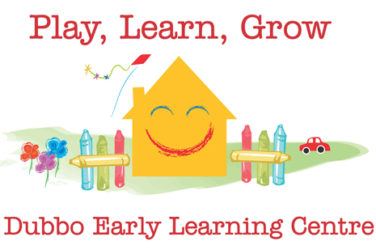Core Values
- We are always professional
1.1 we are polite, respectful and thoughtful to everyone
1.2 we are well presented, clean and well groomed
1.3 we speak positively about our Service, Educators, Staff and Managers
1.4 we maintain confidentiality at all times
- We are a strong, respectful and happy team
2.1 we support and respect each other, sharing knowledge and ideas
2.2 we take responsibility for our role and duties
2.3 we work with others to achieve common goals
2.4 we communicate achievements and concerns with the appropriate people
2.5 we embrace change and continuous improvement
- We value our families and local community
3.1. we always greet and interact with families
3.2 we know their names, occupations and hobbies
3.3 we represent our Service with pride at work and in the community
3.4 we know our families and community are our most important asset
3.5 we are always working to connect families and communities with our Service
3.6 we discuss each child’s interactions, achievements and interests with their families daily
3.7 we consider each family’s perspective
3.8 we always encourage family input and explain how this is used to develop our curriculum
- We build strong, trusting and loving relationships with children
4.1 we use “Attachment Theory and Circle of Security”
4.2 we greet each child by getting down to their level, using their name and looking into their eyes
4.3 we use Robyn Dolby’s method of receiving children ie “I’m here to look after you and keep you safe until Mum/Dad returns”
4.4 we treat each child with respect, take the time to listen to them and engage with them during the day and especially in play
- Our children are always safe and clean
5.1 children are always supervised
5.2 children are clean and well-presented when collected
5.3 children’s belongings are packed before they are collected
5.4 we immediately take action to remove or reduce any identified risk
5.5 we know each child’s medical needs and allergies
5.6 infectious or ill children are always sent home
5.7 we always follow all our policies and procedures
- Our play, learning and work environments are always safe, clean and inviting
6.1 we regularly complete risk assessments for all areas
6.2 we immediately remove unsafe elements or make them safe
6.3 we ensure all areas are tidy, organised and welcoming, including the yard
6.4 we remove broken and dirty resources
6.5 we always adhere to service cleaning schedules
- We take every opportunity to showcase the quality of our Service
7.1 we display children’s learning in a visually appealing way
7.2 we celebrate learning activities and achievements with children and families
7.3 our environment setups are like ‘shop windows’ which showcase the amazing learning children engage in when families are at work
7.5 we talk to families every day about children’s activities and learning
- We are ALWAYS the best Educators we can be
8.1 we are ALWAYS trying to improve our practices
8.2 we are open to new ideas
8.3 we take advantage of professional development and learning opportunities
8.4 if we don’t know something we co-learn with the children
8.5 we regularly reflect on our practices and service operations with a view to continuous improvement
8.6 nothing is ever ‘good enough’, we can always improve
8.7 we don’t use stencils or produce ‘same same’ art
8.8 we interact with children in small groups
- We know the Regulations, Policies and Procedures thoroughly
9.1 we know there is a Regulation, Policy or Procedure for everything that happens at the Service
9.2 if we’re unsure of the Regulation, Policy or Procedure we know where to find out
9.3 we know following the Regulations, Policies and Procedures achieves the best outcome
- We complete our documentation on time
10.1 we complete learning documentation and our curriculum with the children
10.2 we design innovative ways which encourage families and children to help complete learning documentation
10.3 we complete incident reports and other compliance documentation immediately
10.4 we document each child’s progress in achieving the EYLF/MTOP learning outcomes














